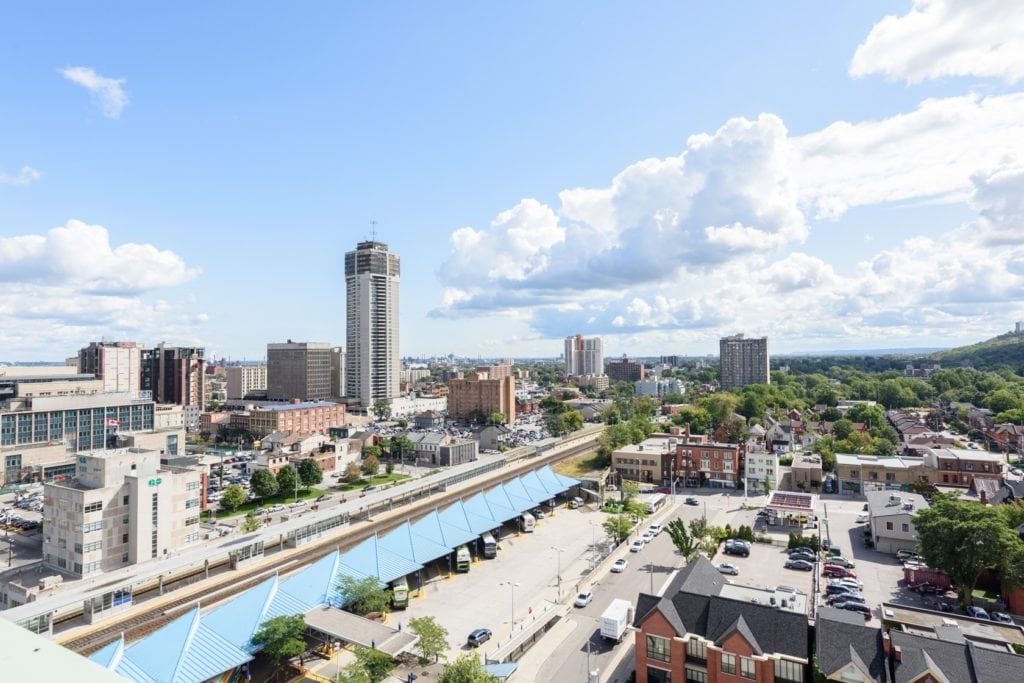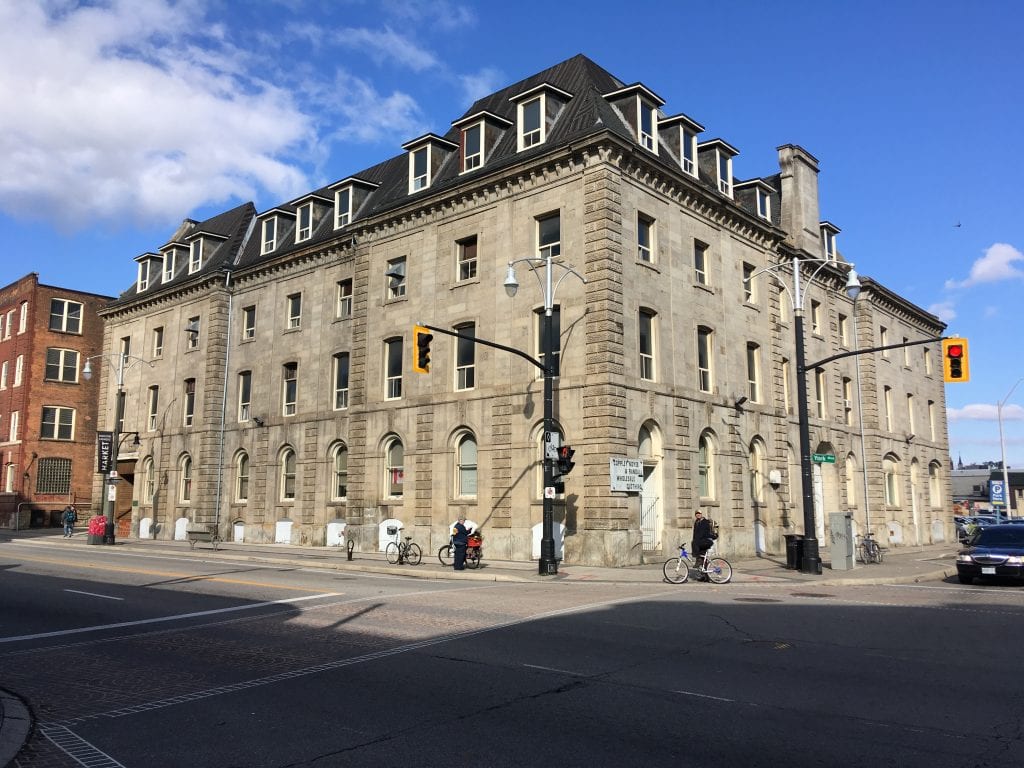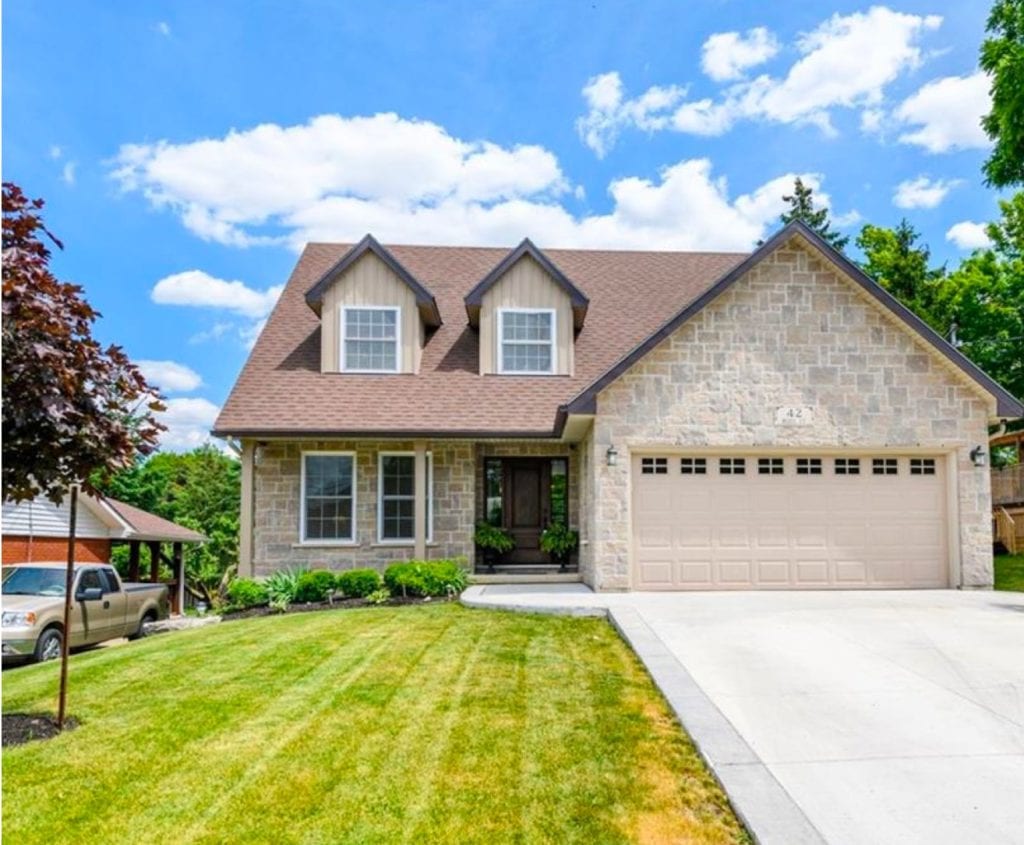
The November 2019 real estate market has come to a close, and I’m here to give you a quick update on everything we’re seeing.
November was really a continuation of the market conditions we saw throughout October, albeit things at the very end of November did start to slow down slightly. This was so small it was nearly unnoticeable; overall, it was a very busy month. Sales are up significantly board wide, as well as on our team — sales are up much higher than the board average here at St. Jean Realty.
Market wide, sales were up 12%, and that’s quite significant. In November 2018, there were 575 sales. This November, there were 636 sales. That’s a pretty large jump. Continuing the trend that we’ve been seeing for quite some time, new listings are short — down by 14%.
Now that the government interventions have worn off, the market is tightening up. We saw that in 2017, after the Fair Housing Plan, people got scared and rushed to sell their houses. We saw similar activity when the new mortgage rules were introduced. As professionals, we know that’s normally a temporary reaction. As confidence regains, we see listings and other factors start to fall in line. So new listings are down significantly as market conditions are quite favorable for sellers.
Active listings are down by 7%. Obviously, with sales being up and new listings not coming onto the market, inventory is getting eaten up, and declining month after month. We saw 1,222 listings in the market last year, and now it’s at 1,138.
Months of inventory are again declining, a trend that we’ve been seeing for many months now. Things are heading back towards the way they were before the interventions in the market. The interventions didn’t impact any of the fundamentals, and it didn’t change anything but scare people temporarily. Now we’re seeing that things are just going back to the way they were.
Months of inventory are down 0.4%. Last year, there were 2.1 months of inventory in November. This November, there are 1.8 months. We are trending downwards to that low “one months of inventory” area. We could see ourselves at 2016 or 2017 levels if these trends continue.
When you’ve got sales way up, and new listings not coming to the market to replace the sales taking place, inventory is going to shrink. At that point, there’s only one way prices can go. They’re going to go up.
In November 2019, we saw a 6% price increase. Seasonally, average sales prices do fluctuate, so we tend to see lower growth numbers during the winter, holidays, and other times of the year. It’s not abnormal to see much higher numbers in September and October trailing off during the holiday season.
The average home last year sold for $504,761 dollars, and this year the average home is selling for $530,944. Prices are up significantly, and obviously we’ve got one month left in the year: December. I anticipate strong growth in average sales prices for our market when looking at the year as a whole.
Average days on the market are down significantly again, which is another thing we’ve been witnessing. It’s down five days: the average in November 2018 was 35.9, and this year it’s 30.9. We are teetering on going below that 30 day mark.
Looking back at these numbers, like months of inventory, we are very close to 2017 levels. Inventory is very low, demand is very high. There hasn’t been a sudden rush of new homes built, and the buyers haven’t gone anywhere. There are more buyers today than there were last month or last year. Immigration levels are the highest we’ve ever seen in history. Migration is extremely strong. Foreign students, temporary workers, families having children, and new home buyers are entering into the market.
All these factors have not changed. No government housing plan is going to change the fact that there are multiple times more buyers than there are new homes being built into our communities.
As I always mention (and I feel like I’m a broken record) until there is some sort of master plan between multiple levels of governments, that’s going to put a significant amount of inventory on the marketplace, that’s not going to change. The more the municipalities pushback against density, and allow a small numbers of citizens to prevent or delay new developments, the more prices will rise.
Looking community by community, the numbers are very different depending on where you are. Numbers can fluctuate wildly by community, as real estate is local, but for Hamilton the news is all positive.
Prices in Hamilton West overtook Hamilton Mountain. This is just a one month snapshot, but I suspect major trends are going to be revealed over the next year. One is that Hamilton West is going to be on par or even more expensive than Hamilton Mountain. As of now, one third of Downtown Hamilton is more expensive than Hamilton Mountain.
In November 2019, the average sales price was $546,448 in Hamilton West. Last year, the average sale price was $505,081. That’s an almost $50,000 jump in a year in average home values, greater than the average of Hamilton. We’ll see, but it looks like downtown is now catching up to the Mountain and becoming more desirable.
Going into Hamilton East, it’s almost the end of the $300,000 home. In Hamilton West, anything below $400,000 is basically nonexistent. In the east, we’ve become accustomed to $300,000 homes in the last year, but we’re likely to cross into the $400,000 average shortly. We’re very close.
Hamilton Centre is now over $402,147. Last year, it averaged $338,478. If you want to see where the majority of Hamilton’s growth is, look into the lower city. It only makes sense. Hamilton is a major Canadian metropolitan city. It’s abnormal that our downtown is not markedly more expensive than outlying communities, so what we’re seeing now is a readjustment of the market. Things are just trending towards the way they would be in any other viable, large city.
Overall, things are quite good. Moving forward, most of the growth is going to happen in Hamilton proper, Downtown, and the Mountain.
At the end of December I expect some very interesting information to come to light, and I look forward to providing you with a December market update and a full 2019 year in review. We’ll go over everything we’ve seen over the course of 2019. It’s been a very interesting year, and I can’t wait to discuss that with all of you.


